How to make a heat pump with your own hands from an old refrigerator: drawings, instructions and assembly tips
In recent decades, home owners have a fairly large selection of heating systems. It is no longer necessary to connect to centralized networks and use traditional sources. You can choose equipment that uses alternative energy, but its main disadvantage is the high cost. Do you agree?
However, if you build a heat pump with your own hands from an old refrigerator, the system can be significantly cheaper. And we will tell you how to do it.
In the article, we selected the simplest solutions and provided them with detailed drawings and diagrams. Therefore, for a home craftsman to understand them is not difficult. In addition, here you will find step-by-step instructions for the manufacture of heating equipment. And the posted videos will talk about the design features of the heat pump and the features of its connection.
The content of the article:
How beneficial is the use of a heat pump?
Theoretically, any person has a large selection of energy sources. In addition to natural gas, electricity, coal, it is also the wind, the sun, the temperature difference between the earth and air, land and water.
In practice, the choice is limited, because everything rests on the cost of equipment and its maintenance, as well as the stability of work and the payback period of the plants.
Each of the energy sources has both advantages and serious disadvantages that limit its use.
Installation of a heating system with a heat pump is advantageous in terms of ease of use. During operation of the equipment there is no noise, odors, installation of chimneys or other auxiliary structures is not required.
The system is volatile, but the heat pump needs a minimum amount of electricity.
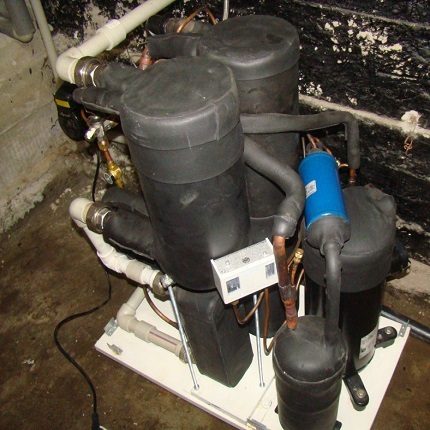
Thermal plants themselves are extremely economical and do not require special maintenance costs, but their initial cost is very high.
Not every owner of a house or a summer residence can afford the purchase of such expensive equipment. If you assemble it yourself and use parts from an old refrigerator, you can save a lot.
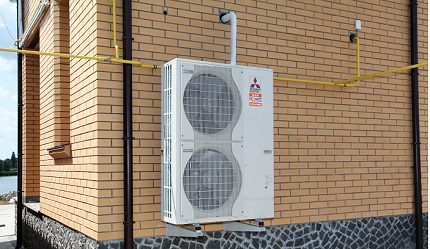
Home-made installations cost literally a penny, and their use can significantly save.
The only caveat: the performance of homemade products is low, and they can not be a full replacement for traditional heating systems. Therefore, they are often used as additional or alternative heating options.
5 key benefits for installation owners
The advantages of heating systems with heat pumps include the following:
- Cost effectiveness. At a cost of 1 kW of electric energy, you can get 3-4 kW of heat. These are average indicators, as heat conversion coefficient depends on the type of equipment and design features.
- Environmental Safety. During the operation of the thermal installation, no combustion products or other potentially hazardous substances enter the environment. The equipment is ozone safe. Its use allows you to get heat without any harm to the environment.
- Universality of application. When installing heating systems powered by traditional energy sources, the owner of the house becomes dependent on monopolists. Solar panels and wind generators not always profitable. But heat pumps can be installed anywhere. The main thing is to choose the right type of system.
- Multifunctionality. In the cold season, the plants heat the house, and in the summer heat they are able to work in air conditioning mode. The equipment is used in hot water supply systems, connected to the contours of underfloor heating.
- Safety operation. Heat pumps do not require fuel, toxic substances are not released during their operation, and the maximum temperature of equipment components does not exceed 90 degrees. These heating systems are no more dangerous than refrigerators.
Ideal appliances do not exist. Heat pumps are reliable, durable and safe, but their cost depends on power.
High-quality equipment for proper heating and hot water supply of a house of 80 sq.m. will cost about 8000-10000 euros. Homemade products are low-power, they can be used for heating individual rooms or utility rooms.
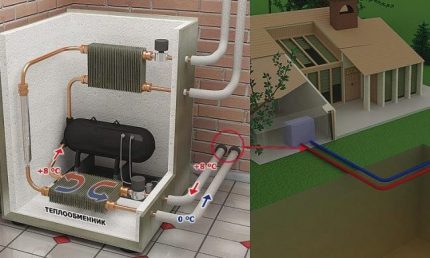
Heat pumps can last 30 years or more. Especially cost-effective their use for domestic hot water, as well as in combined heating systems, including underfloor heating.
Equipment reliably and rarely breaks down. If it is home-made, it is important to choose a high-quality compressor, best of all - from a refrigerator or air conditioner of a proven brand.
Types of heat pumps for home heating
Distinguish between compression and absorption heat pumps. Installations of the first type are the most common, and it is such a heat pump that can be assembled from a refrigerator or an old air conditioner using a ready-made compressor.
Also required are an expander, an evaporator, a condenser. Absorption systems require a refrigerant absorbent.
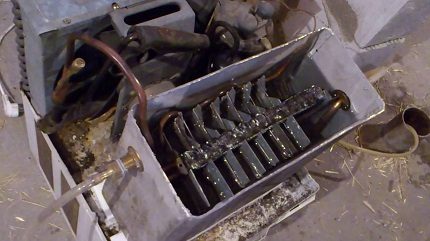
By the type of heat source, the installations are air, geothermal, and also using secondary heat (for example, sewage, etc.).
In the input and output circuits, one or two different coolants are used, and depending on this, the following types of equipment are distinguished:
- air-to-air;
- water-water;
- water-air;
- air-water;
- ground water;
- ice-water.
A system can be effective only if it consumes less energy than it gives. This difference is called the conversion factor. It depends on many factors, but the most significant is the temperature of the coolant of the input and output circuits. The bigger the difference, the better the system works.
There are no reliable formulas for calculating the performance of heat pumps, because their work depends on many factors.
With the self-assembly of a thermal installation, one cannot expect that it will be as effective as industrial equipment, but it will be enough to create an economical additional heating system.
Step-by-step equipment manufacturing instructions
Before you figure out how to make a heat pump out of the refrigerator, you need to decide on the heat source and the operation scheme of the device. In addition to the refrigerator compressor, other components will be required. You will also have to buy or rent some tools.
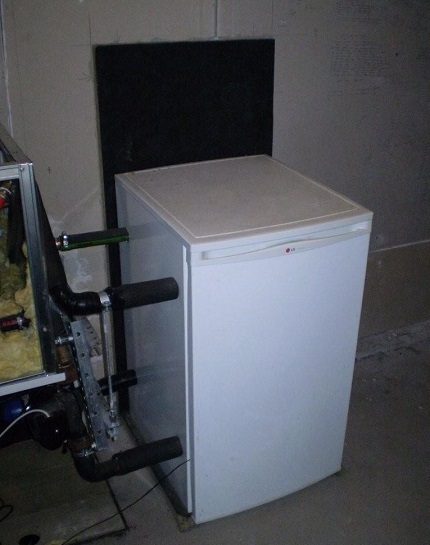
Even if you have to buy a compressor and other components, a home-made installation will cost much less than ready-made industrial equipment.
Stage # 1. Preparation of the scheme and drawing
The energy source must be located underground. To install a heat pump, you will have to drill a well or at least dig a trench to a depth where the temperature of the soil does not drop below 5 degrees. You can also use ponds of natural or artificial origin.
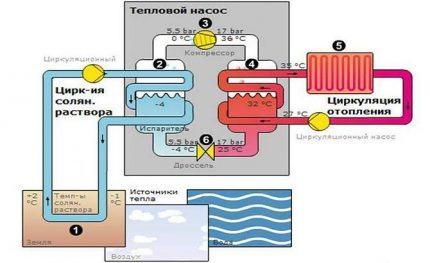
Regardless of the heat source, the designs of the heat pumps are similar, so almost any circuit that can be found on the network is suitable.
After choosing it, you should prepare detailed drawings, which will indicate the exact dimensions, distances and connection points of the installation nodes.
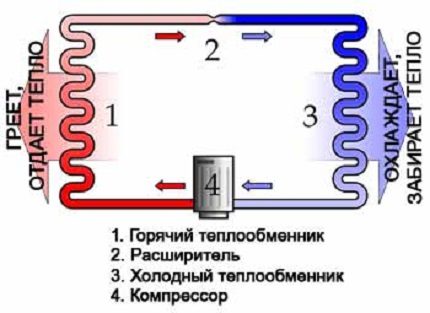
Although the calculation of the installation capacity is difficult, you can focus on the average. So, for a house with increased heat efficiency indicators, a heating system with a power of 25 W / sq.m is needed. This is ideal if heat loss is minimal.
For a well-insulated house, this figure is 45 W / sq. M., And for a building with relatively large heat losses - 70 W / sq. M.
Stage # 2. Selection of necessary parts
The compressor can be removed from the old refrigerator. If it is faulty, it is better to buy a new one. It is not worth repairing: it is unprofitable, and the performance of the homemade product will be in question.
A temperature control valve will also be required to assemble the structure. It is desirable that all components are from one system and are easily combined.
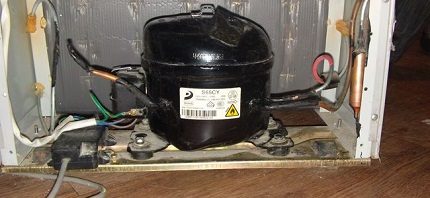
To install the heat pump, you need 30-cm L-shaped brackets.
You will also have to buy some details:
- high-quality sealed container made of stainless steel with a volume of 120 l;
- large plastic tank with a capacity of 90 l;
- 3 copper pipes of various diameters;
- polymer (best metal-plastic) pipes.
To assemble the system you will need a standard set of tools, and for cutting and joining metal parts - a grinder and a welding machine.
Stage # 3. Installation of system components
The compressor is mounted on the wall using brackets, and then proceed to the manufacture of the capacitor. To do this, the metal tank is cut in half with a grinder. A copper coil is installed in one part, after which the container is welded and threaded holes are prepared in it.
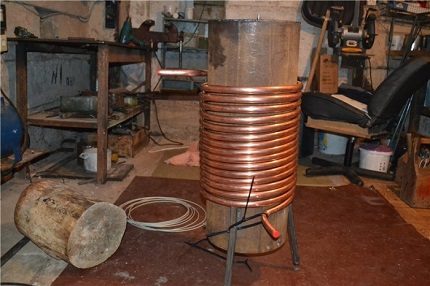
To produce a heat exchanger, a long copper pipe is wound around a 120-liter steel tank, securing the ends of the turns with rails. The plumbing junctions are connected to the findings.
A coil is also mounted on a plastic tank and used as an evaporator. It does not overheat, so it is not necessary to take a metal container. The finished evaporator is attached to the wall using brackets.
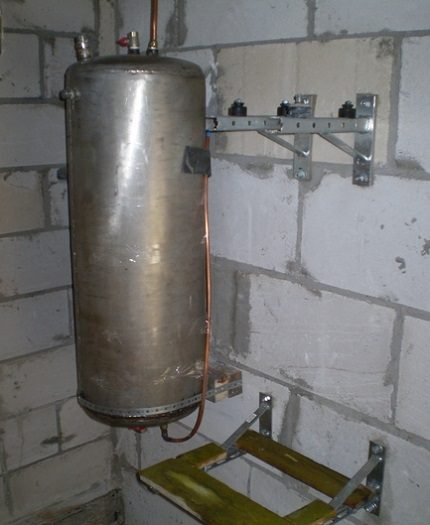
When the main components are prepared, a suitable thermostatic valve is selected, the structure is assembled and R-22 or R-422 brand freon is pumped into the system. If there are no relevant skills, it makes sense to invite a specialist, as the procedure is unsafe.
Stage # 4. Connection to a fence
The type of intake device and the features of connecting a heat pump to it depend on the scheme:
- Water-to-Earth. The collector is installed below the level of soil freezing. System pipes should be at the same depth.
- Water-to-Air. Mounting this type of system is relatively easy, as earthwork is not required. A convenient place near the house or on the roof is suitable for installing the collector.
- "Water-water". The design of the collector is collected from polymer pipes, and then lowered into the center of the reservoir.
Installation of a combined (bivalent) heating system is possible. In this case, the heat pump is connected in parallel with the electric boiler. It performs the function of additional heating.
Installation of a bivalent heating system allows you to achieve the optimum temperature in the house even in severe frosts, and its energy consumption will be minimal.
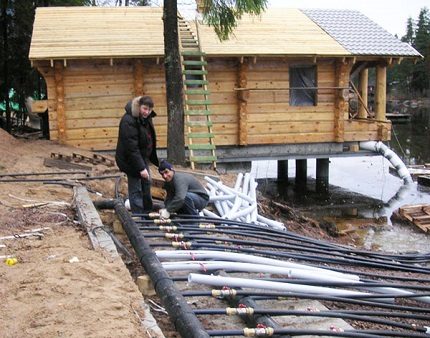
Conclusions and useful video on the topic
Our heat pumps are not yet very common, but you can already find craftsmen who can share the experience of self-manufacturing similar systems. We offer a selection of useful videos.
Heat pump design, system assembly features:
Features of connecting, operating a homemade heat pump:
Video feedback on the operation of a home-made heating system from an air conditioner:
Heating schemes with heat pumps are not always cost-effective and convenient, so be sure to weigh the pros and cons of this type of heating.
If you come to the conclusion that such a system is suitable for your home, do not rush to spend huge sums on the finished installation and assemble the structure yourself. It is not so difficult, it requires much less money, and the effect can exceed all expectations.
Are you going to assemble a heat pump yourself, but do not know where to start? Or maybe it has already happened to collect a similar design and there is the necessary knowledge that you can share with our readers? Please leave comments, ask questions in the block below.

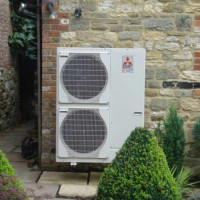 How to make a heat pump for heating a house with your own hands: the principle of operation and assembly scheme
How to make a heat pump for heating a house with your own hands: the principle of operation and assembly scheme 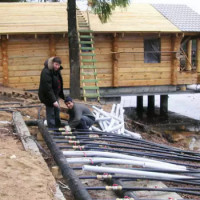 DIY geothermal heat pump for home heating: device, design, self-assembly
DIY geothermal heat pump for home heating: device, design, self-assembly 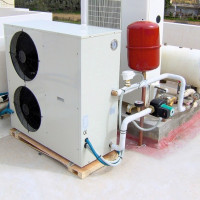 How to make an air-water heat pump: device diagrams and self-assembly
How to make an air-water heat pump: device diagrams and self-assembly 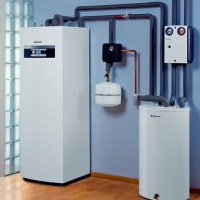 Water-water heat pump: device, principle of operation, rules for arranging heating on its basis
Water-water heat pump: device, principle of operation, rules for arranging heating on its basis 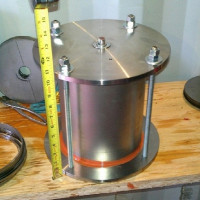 Frenett heat pump: device and principle of operation + can you assemble it yourself?
Frenett heat pump: device and principle of operation + can you assemble it yourself? 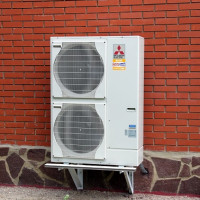 Air-to-air heat pump: principle of operation, device, selection and calculations
Air-to-air heat pump: principle of operation, device, selection and calculations  How much does it cost to connect gas to a private house: the price of organizing gas supply
How much does it cost to connect gas to a private house: the price of organizing gas supply  The best washing machines with dryer: model rating and customer tips
The best washing machines with dryer: model rating and customer tips  What is the color temperature of light and the nuances of choosing the temperature of the lamps to suit your needs
What is the color temperature of light and the nuances of choosing the temperature of the lamps to suit your needs  Replacement of a geyser in an apartment: replacement paperwork + basic norms and requirements
Replacement of a geyser in an apartment: replacement paperwork + basic norms and requirements
Such pumps are ideal for private homes where there is no connection to central heating, and the idea itself is good, it will save a lot of money. But in general, to make such a pump, you need the necessary knowledge and direct hands, as well as many tools. Better yet, do everything with a person who understands the heating system. Undoubtedly, it is much more economical than other sources of heat, it will pay off quickly.
Egor, most likely, first of all, we need a specialist in refrigeration units.
But indeed, a heat pump from an old refrigerator can be a good addition to gas heating, reducing gas consumption. In a private house, one cannot do without such a convenient invention! We urgently need to familiarize ourselves with the principle of the husband’s arrangement, it seems to me that this idea may interest any homeowner with golden hands. We just have a suitable refrigerator for experiments.
Someone in the know what is the capacity of the refrigerator compressor? And how long will it work in continuous mode? Miracles do not happen, without spending energy you will not get anything. This design, even theoretically, can heat no more than 10 square meters, but almost 2-3. Is it worth it to build a garden of heat exchangers for such power? Although the car was also built, and they want to make a car on the Stirling engine, AvtoVAZ still produces Venkel, with a flow rate of 20 l / 100 km.
The heat pump is not in vain worth it, it's not a refrigerator, and not even air conditioning. On the basis of the air conditioner, something else can be built that will work at a positive temperature of the one from which the heat is taken, with efficiency not at all 3, at best 1.5, but certainly not a refrigerator, and especially not old - they were new by themselves not too effective, but they do not get better with age.
The whole structure will produce effective heat a maximum of 1.5 times more than the energy expended, and this until the compressor burns out or the freon evaporates. It is also worth recalling the dangers of freon - if anyone does not know, in some conditions it is deadly.
Horizontal heat collection - below the freezing depth - freezes the entire area to an abnormal depth. That is, such a system should be placed away from home and other buildings. Well, say goodbye to the garden and the garden - this block of ice will not allow trees and grass to grow even in summer.